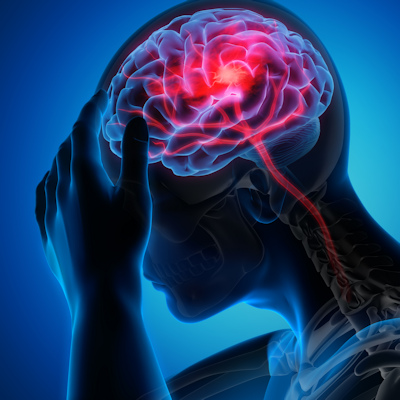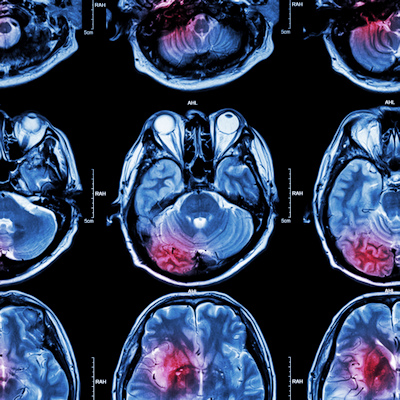September 29, 2022 -- Combining nasally administered nanoparticles and noninvasive brain stimulation improves the recovery of ischemic stroke in rats, according to researchers from Xi’an Jiaotong-Liverpool University and other universities in China.
In a paper published in the current issue of Materials Today Chemistry, the researchers contend that their findings offer potential opportunities for treating neurological disorders.
Transcranial magnetic stimulation (TMS) is a noninvasive intervention that has been used or studied in the treatment of a range of neurological conditions including stroke, Parkinson's disease, Alzheimer's disease, depression, and addiction. However, the stimulation can fail to penetrate deep enough to reach parts of the brain that need treating, spurring interest in using nanoparticles to increase the intensity.
The challenge is to get the nanoparticles to the brain. Typically, the blood-brain barrier would stop the nanoparticles from reaching the target tissue, prohibiting the use of the materials in the enhancement of TMS.
Researchers at Xi'an Jiaotong-Liverpool University and other academic centers in China tried to overcome the barrier using superparamagnetic iron oxide nanoparticles (SPIONs). The researchers combined the nanoparticles with the cell-penetrating peptide Tat to create Tat-SPIONs capable of entering the brain. After intranasal administration, the researchers used a magnet to guide the nanoparticles to the target tissue in the brain.
"The coating causes the nanoparticles to stick to the blood-brain barrier, increasing their chances of passing through it," Gang Ruan, PhD, a corresponding author of the study, said in a statement. "Without this coating, the particles just bounce back from the barrier instead of crossing it. The modifications of the iron oxide particles also ensure that the nanoparticles can stick to the neurons and increase their responsiveness to TMS stimulation."
In a rat model of ischemic stroke, combining the nanoparticles with TMS significantly improved recovery in terms of general health status, motor-sensory function, and cognitive function compared to the animals that only received noninvasive brain stimulation.
To understand why the nanoparticles improved outcomes, the researchers ran mechanistic studies by experiments and numerical simulation. The studies suggest that "neural stimulation enhancement is mediated by neuroplasticity at least in part, is caused by a magnetoelectric rather than magnetothermal effect and is generated primarily by those Tat-SPIONs associated with neurons' plasma membranes." If correct, the finding suggests that the excellent membrane-binding ability of the Tat peptide is crucial for SPION-enhanced TMS.
On the safety and tolerability front, the researchers found Tat-SPIONs exhibited minimal toxicity and neuroinflammation, as well as being clearable from major organs. The team sees the study as paving the way for the use of nanoparticles to enhance the effect of brain stimulation.
Copyright © 2022 scienceboard.net





